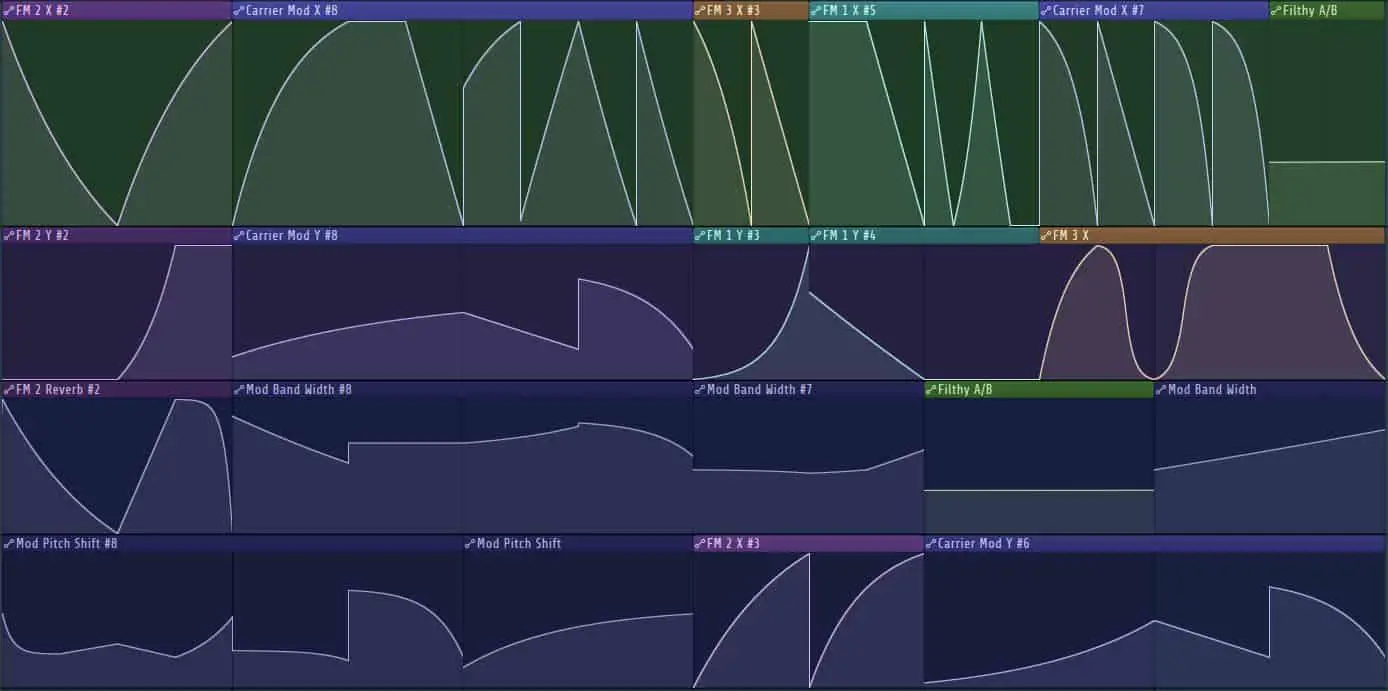Introduction:
Automation is the silent choreographer in the symphony of music production, allowing you to breathe life and movement into your compositions. In this blog post, we’ll explore the transformative power of automation and share insights on mastering this art to add dynamic expression, depth, and nuance to your music.
1. Dynamic Volume Swells:
One of the most common uses of automation is dynamic volume control. Experiment with subtle volume swells during intros, build-ups, and transitions to add an organic and expressive touch to your tracks. This technique is particularly effective for creating emotional impact and capturing the listener’s attention.
2. Panning for Spatial Enhancement:
Automation extends beyond volume control; it can also be employed to dynamically shift the placement of sound within the stereo field. Experiment with panning automation to create a sense of movement and space, enhancing the spatial dimensions of your mix and immersing the listener in a three-dimensional sonic experience.
3. Expressive Filter Sweeps:
Filters are versatile tools that can shape the tonal characteristics of your sounds. Use automation to sweep through filter parameters, creating dynamic and evolving textures. This technique is effective for building anticipation and introducing new sonic elements gradually.
4. Modulating Effects Parameters:
Automation is a powerful ally when it comes to modulating effects parameters. Whether it’s gradually increasing the intensity of a reverb tail, modulating delay feedback, or evolving the characteristics of a synth’s filter, dynamic effects automation can add movement and interest to your sounds.
5. Tempo Changes for Dramatic Impact:
Experimenting with tempo automation can introduce dramatic shifts in energy and mood. A subtle slowdown during a bridge or a gradual acceleration towards a climax can have a profound impact on the emotional resonance of your music. Use tempo changes strategically to enhance the narrative flow of your compositions.
6. Evolving EQ Adjustments:
Automation provides the means to sculpt the tonal balance of your mix dynamically. Explore automating EQ parameters to emphasize or de-emphasize certain frequency ranges during different sections of your track. This technique is particularly useful for creating contrast and maintaining clarity in complex arrangements.
7. Creative Instrumentation Variation:
Automation can be used to introduce variation in the instrumentation of your compositions. Experiment with automating instrument parameters such as the filter cutoff, resonance, or oscillator pitch to breathe life into repetitive elements and keep your listeners engaged throughout the entire duration of your track.
8. Subtle Time-Based Effects Modulation:
Beyond static application, time-based effects like chorus, flanger, or phaser can benefit from automation. Modulating the depth or rate of these effects at strategic points in your composition can introduce subtle sonic shifts, enhancing the overall texture and vibe.
Conclusion:
Automation is the conductor’s wand in your music production orchestra, allowing you to shape and mold the sonic landscape with precision. By mastering the art of automation, you unlock a world of creative possibilities that can elevate your compositions to new heights. So, let the faders dance, and may your music be imbued with the expressive magic of automation. Happy producing!
